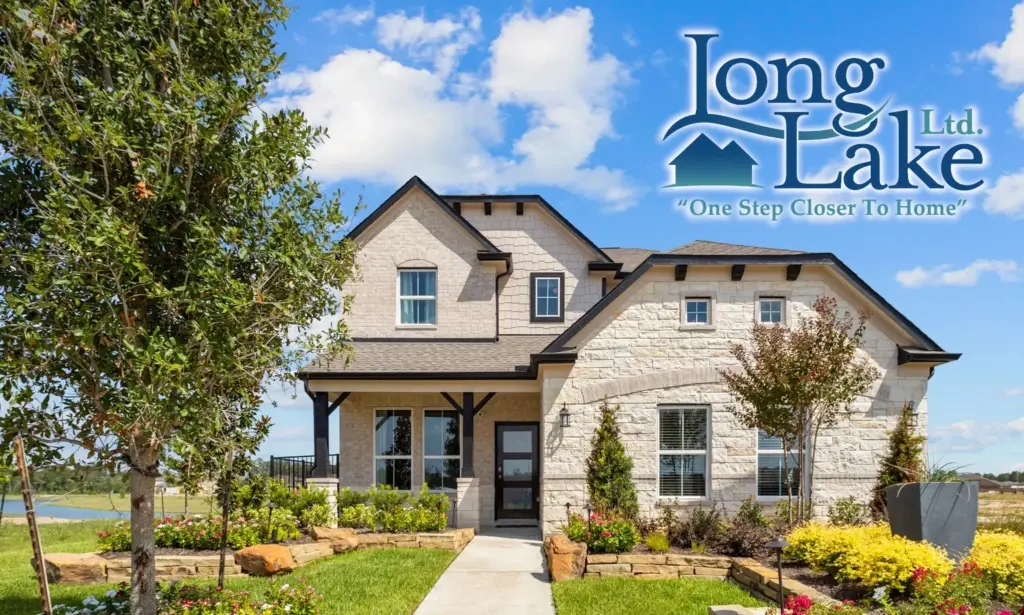
The Home Book authors David MacLellan, George Wolfson and Douglas Hansen recommend steering clear of these common first-time homeowner mistakes.
1. Overloading Upper Cabinets in Kitchen
Avoid stacking heavy dishes in an upper cabinet, which is only supported by the wall behind it. Shelves may begin to sag if the cabinet struggles to bear the weight. At worst, your cabinet can detach from the wall completely.
2. Using Attic or Garage Trusses as Storage
Despite many homeowners doing otherwise, storing items on top of garage or attic trusses can lead to sagging, increasing the possibility that the roof may collapse. If you truly need the additional space, consult a structural engineer who can advise you as to the best course of action.
3. Tinting Dual-Pane Windows
Many new homes have dual-pane windows, which help insulate a home by sealing ‘dead air’ between two panes. Tinting can disrupt the reflection of the sun’s rays, trapping hot air in the dead air space. Heat can cause the elastic seal to rupture, eliminating insulation.
4. Disconnecting Bathroom and Laundry Vent Fans
The noise may bother you, but disconnecting a bathroom or laundry vent fan can increase water vapor, adversely affecting drywall and electrical outlets and leading to damages from dry rot, mold and mildew. Turn the fan on during each use of the room.
5. Irrigating against the Home
When installing an irrigation system, ensure that irrigation spouts spray away from the home and add-on structures. It seems like a no-brainer, but it can happen in places where you least expect it, including the posts of an overhead deck.
6. Altering Finished Grades
If you’d like to install a walkway, patio, drainage system or even a pool, make certain that your contractor doesn’t just pour concrete over the existing finished grade. Doing so can result in water flow towards the home, which can cause the foundation to shift. A shifting foundation can lead to both interior and exterior damage – a costly, and preventable, repair.
7. Improperly Installing Add-on Structures
Before installing any structure, such as a trellis, sun screen or lanai, check with your municipality for any building codes that may apply to your situation. Do not nail or bolt the structure directly the exterior wall. Homeowners who do so run the risk of dry rot from rainwater collection.
Source: RISMedia’s Housecall
Connect With Us: Facebook – Twitter – LinkedIn – YouTube – Google +


